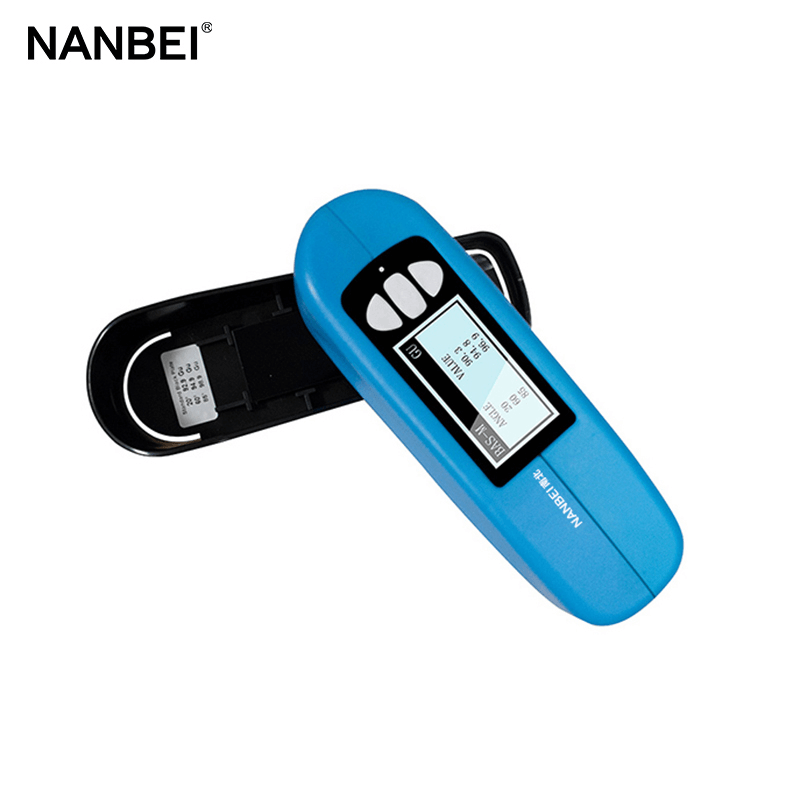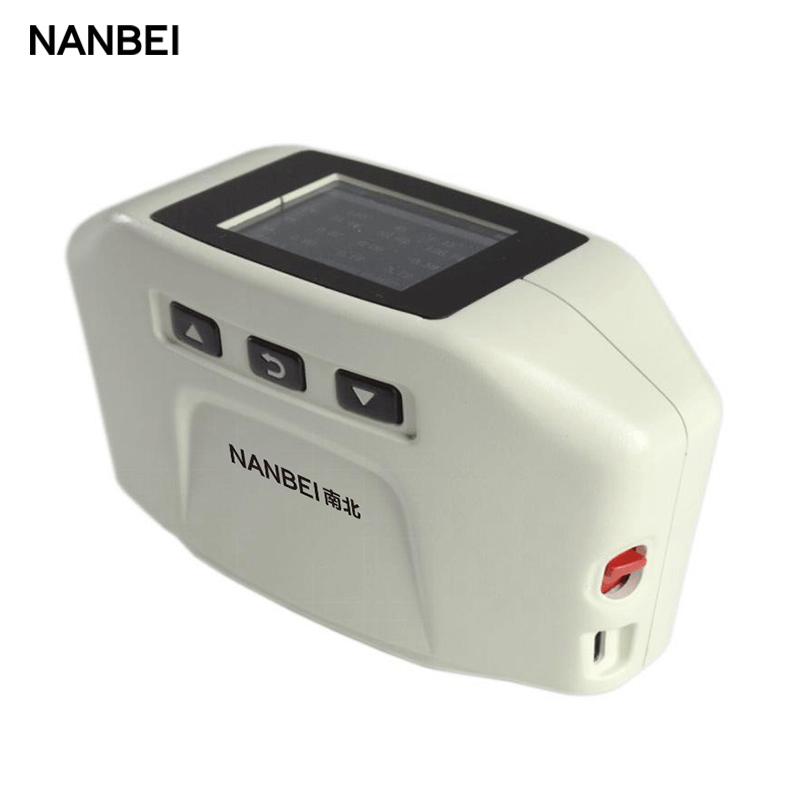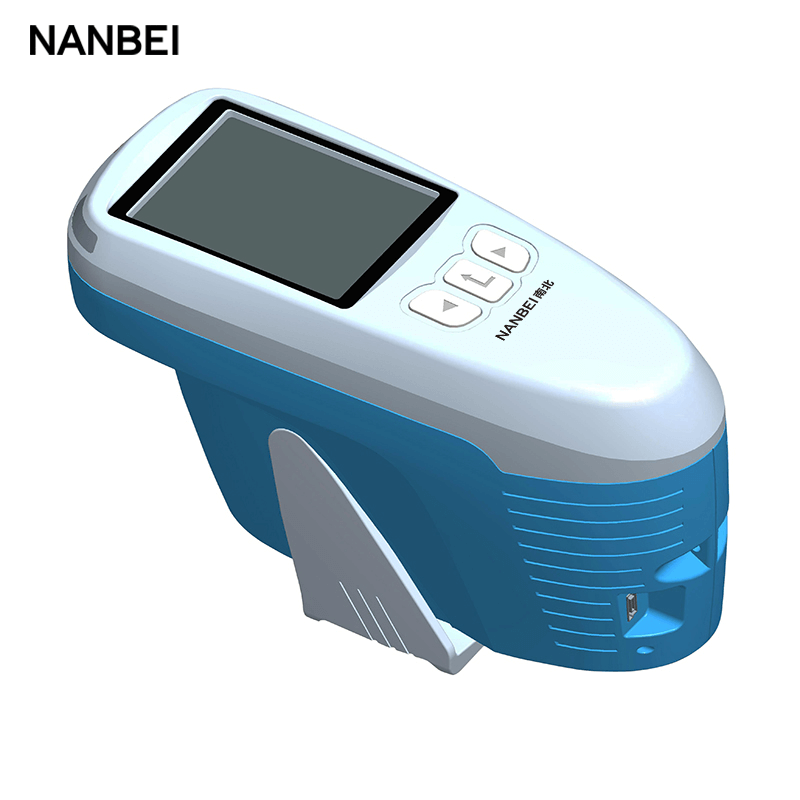Gloss meter is an instrument used to measure the surface gloss of ceramics, paints, inks, plastics, marble, aluminum, hardware and other materials. According to the angle, it can be divided into 20 degrees, 45 degrees, 60 degrees, 75 degrees, 85 degrees and so on.

1. 20 degree angle - high gloss:
An acute angle of 20 degrees can increase the resolution of gloss data on the surface of high-gloss materials. If the gloss obtained by using a glossmeter with a standard angle of 60 degrees is greater than 70GU, the surface gloss of such materials can be called high gloss. The gloss meter angle of 20 degrees is more suitable for metals, high gloss paper and other materials.
2. 45 degree angle:
There are few 45-degree gloss meters on the market, and they are mainly used to test the surface gloss of materials such as ceramics and films.

3. 60 degree angle - standard type:
60 degrees is the most common gloss meter angle selection. Any glossy material can be measured using the standard measurement angle of 60 degrees, and high gloss, medium gloss, and low gloss are also divided according to the test data of the 60-degree gloss meter. Why there is other angle precision glossmeter? Because the 85 degree or 20 degree gloss meter can obtain higher resolution measurement results when testing low gloss and high gloss.

4. 75 degree angle:
The 75-degree gloss meter is also a relatively rare test angle, mainly used for the surface gloss test of paper production materials.
5. 85 degree angle - low gloss:
The 85-degree portable gloss meter is suitable for measuring the gloss of some textured or uneven surfaces. Using a 60-degree standard angle gloss meter to test the gloss less than 10GU is usually called low gloss. It is often used to test the gloss of some low-gloss or matte surfaces, as well as some materials with high diffuse reflection.
Previous: No Information
Next: The FAI climbed 5.9 percent year-on-year in the first 11